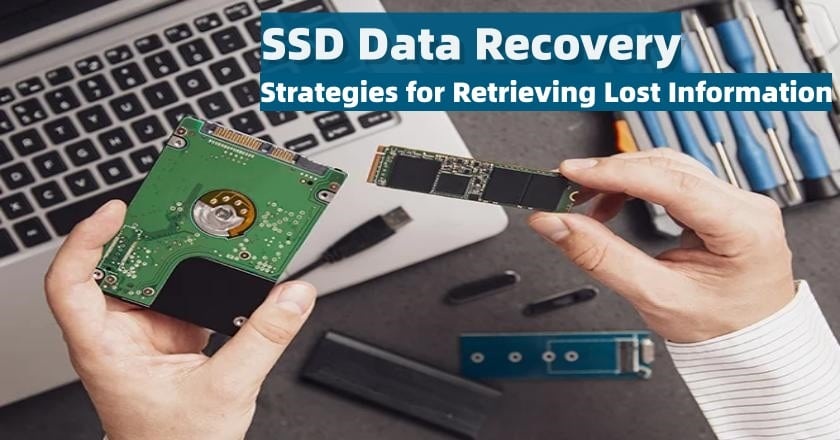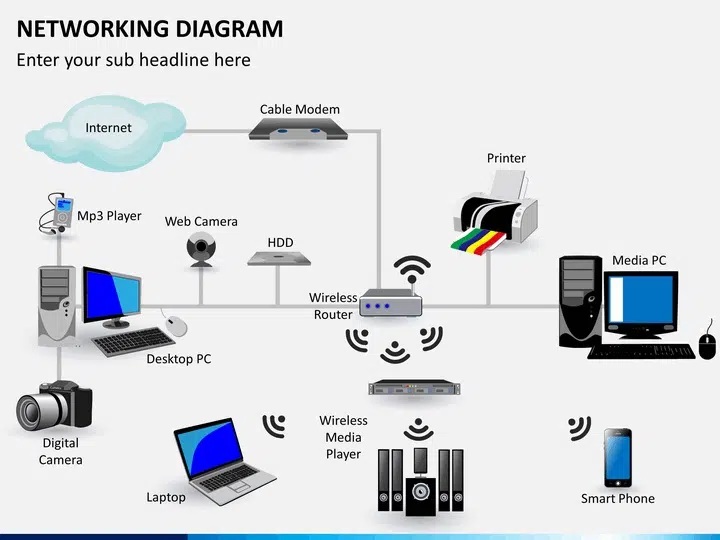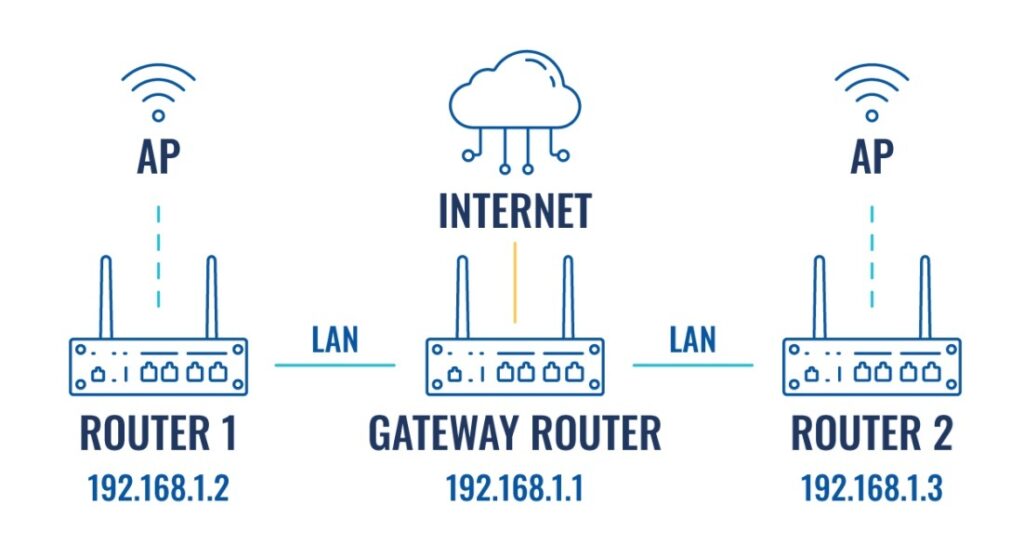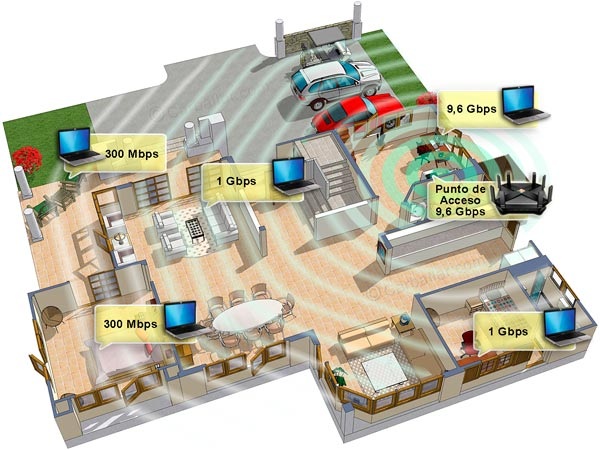






A vision statement for a company or organization focuses on the potential inherent in the company’s future; it’s about what they intend to be. While a vision statement might contain references to how the company intends to make that future into a reality, the “how” is really part of a mission statement.
A vision statement is the anchor point of any strategic plan. It outlines what an organization would like to ultimately achieve and gives purpose to the existence of the organization. A good vision statement should be short, simple, specific to your business, leave nothing open to interpretation.
Social Impact and Community:
To be the driving force behind a more sustainable future, empowering communities through ethical business practices and unwavering commitment to environmental stewardship.
This statement is a great choice if your company’s core values are rooted in making a positive social or environmental impact. It emphasizes a clear mission beyond profit.
Innovation and Industry Leadership:
To redefine the boundaries of what’s possible, pioneering groundbreaking solutions that transform industries and set new standards for excellence and innovation.
This is a strong option for a company that wants to be seen as an industry leader or a disruptor. It focuses on pushing limits and being first to market with new ideas.
Customer Experience and Trust:
To be the most trusted partner for our customers, creating unforgettable experiences that not only meet their needs but anticipate their desires and build lifelong relationships.
Future-oriented: It should be about where you’re going, not where you are.
Inspiring: It should motivate employees and resonate with customers.
Concise: It should be easy to remember and communicate.
Unique: It should reflect what makes your organization special.
The Role of Innovation in Industry
Innovation, in its broadest sense, is the practical implementation of new ideas that result in improved products, services, or processes. It’s more than just invention; it’s the process of taking a new idea and making it commercially viable. In an industrial context, this leads to:
Economic Growth: Innovation drives productivity, meaning the same inputs can generate a greater output. This leads to higher wages, increased profitability for businesses, and overall economic expansion.
Competitive Advantage: Companies that innovate can create unique products, services, or business models that set them apart from competitors. This allows them to capture a larger market share and sustain long-term success.
Industry Transformation: Innovation can fundamentally change an entire industry. New technologies or business models can disrupt existing markets, making traditional methods obsolete and creating entirely new ones.
New Markets and Opportunities: Breakthrough innovations can expand existing markets or create new ones from scratch. For example, the development of smartphones didn’t just improve on old phones; it created a massive new market for apps, mobile services, and related accessories.


Future-Oriented: It’s about the potential and the ultimate destination. It answers the question, “What do we want to become?”
Aspirational: It should be inspiring and ambitious, painting a picture of a better future that the organization is working towards.
The “What,” Not the “How”: While it sets the ultimate goal, it’s the mission statement that details the actions, values, and purpose that will lead to that goal.
Anchor of Strategy: It provides the foundation for all strategic decisions, ensuring that every plan and action aligns with the long-term objective.
Clear and Concise: A good vision statement is easy to understand and remember. It’s often a single sentence or a short paragraph.
Specific and Unambiguous: It should be tailored to the specific organization and its industry, leaving no room for misunderstanding about what it aims to achieve.


- Project five to ten years into the future.
- Determine your purpose and position as an organization.
- Describe what success looks like in your operations.
- Consider your company type and structure.
- Reference your competitors or create an analogy.
- Describe a measurable goal.
- Define your customers. Even the most gigantic businesses have a defined customer base.
- Define your customer’s needs. All businesses, and I mean all businesses even those who are non-profit ones, are in the problem-solving business.
- Define your product or service.
- Define your company’s values.
